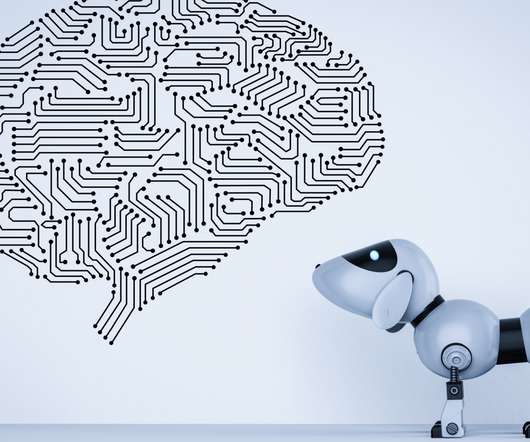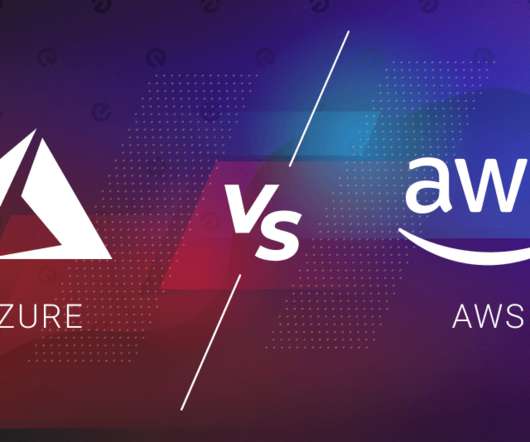AI Chihuahua! Part I: Why Machine Learning is Dogged by Failure and Delays
d2iq
FEBRUARY 19, 2021
2015): Hidden Technical Debt in Machine Learning Systems. Components that are unique to data engineering and machine learning (red) surround the model, with more common elements (gray) in support of the entire infrastructure on the periphery. The data engineer’s main focus is on ETL: extracting, transforming, and loading data.















Let's personalize your content